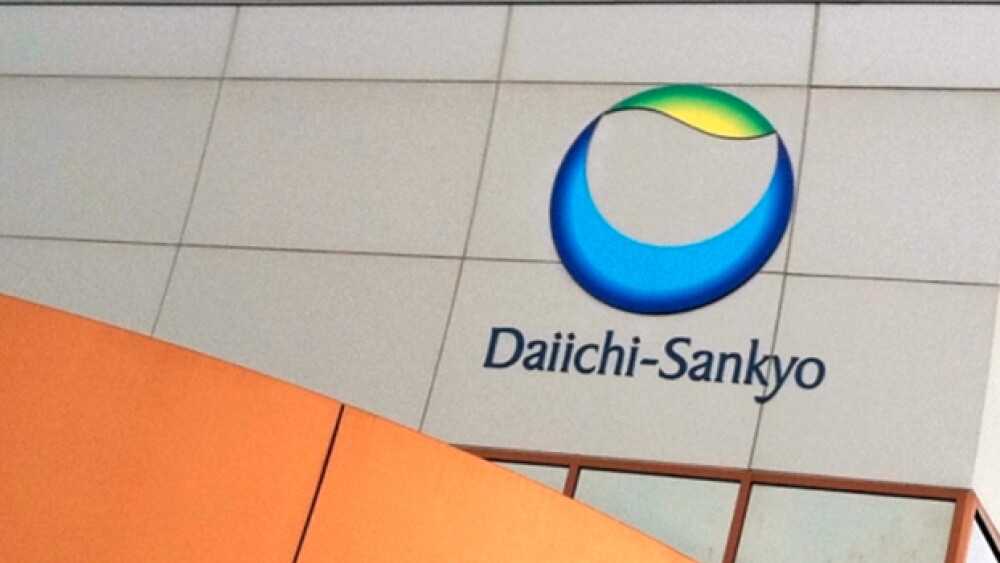The trial demonstrated that patients receiving esaxerenone has a significantly higher Urine Albumin-to-Creatinine Ratio (UACR) of 22.1% compared to 4.0% on placebo.
Tokyo-based Daiichi Sankyo Company announced that its ESAX-DN Phase III trial of esaxerenone met the primary endpoint in diabetic nephropathy. The company presented the results in a late-breaking presentation at the annual meeting of the American Society of Nephrology held in Washington, DC. Daiichi Sankyo partnered with Alameda, California-based Exelixis on the drug.
Esaxerenone is a novel mineralocorticoid receptor (MR) blocker. It is approved for hypertension in Japan and marketed as Minnebro. Daiichi Sankyo is solely responsible for its development and commercialization, although Exelixis is eligible for commercial milestones and low double-digit sales royalties.
Diabetic nephropathy is also called diabetic kidney disease. Patients with diabetes are at high risk of chronic loss of kidney function. Approximately 50% of all type 2 diabetics will develop evidence of diabetic nephropathy. In Japan, it is the leading cause of dialysis.
ESAX-DN is a randomized, double-blind, two-arm, parallel group comparison study in incipient diabetic nephropathy patients taking an angiotensin II receptor blocker (ARB) or an angiotensin converting enzyme (ACE) inhibitor. The study was conducted in Japan. The primary endpoint was rate of remission of microalbuminuria after 52 weeks.
The trial demonstrated that patients receiving esaxerenone has a significantly higher Urine Albumin-to-Creatinine Ratio (UACR) of 22.1% compared to 4.0% on placebo. It also significantly decreased UACR -58.3% to 8.3% for placebo. A secondary endpoint was significant reduction of progression from incipient to overt diabetic nephropathy. No new safety signals were observed.
“The ESAX-DN study is the second successful Phase III pivotal trial our collaborators at Daiichi Sankyo have undertaken since assuming responsibility for esaxerenone’s development and commercialization,” said Michael M. Morrissey, president and chief executive officer of Exelixis. “We congratulate our colleagues on a well-run trial in diabetic nephropathy, one of the most significant complications for patients with diabetes, which is itself a major health issue in Japan. We look forward to Daiichi Sankyo’s continued progress with esaxerenone.”
Minnebro launched in Japan for advanced hypertension in May 2019, which triggered a $20 million milestone payment to Exelixis. The two companies entered into a research collaboration in March 2006. When Minnebro’s application was accepted in Japan in 2018, that also triggered a $20 million milestone payment.
Yesterday, it was reported that Daiichi Sankyo was suing Seattle Genetics over technology the two companies utilized to develop antibody-drug conjugates during a seven-year partnership. In March, Daiichi Sankyo and AstraZeneca inked a development and commercialization agreement for an ADC called trastuzumab deruxtecan (DS-8201) that came out of the partnership. DS-8201 is the lead compound in the ADC franchise of the Daiichi Sankyo Cancer Enterprise and targets HER2-expressing cancers. The compound is also being paired with drug from Bristol-Myers Squibb and Merck.
In March, AstraZeneca paid Daiichi Sankyo $1.35 billion up front in relationship to the ADC. Daiichi Sankyo is eligible for up to $6.9 billion in development and regulatory milestones on the deal. Seattle Genetics argues that it is entitled to some of that money, because DS-8201 originated in the company’s cytotoxin and linker technology developed in their two companies’ collaboration. Seattle Genetics claims that when Daiichi Sankyo and AstraZeneca entered into their deal, Seattle Genetics’ intellectual property was used to develop DS-8201, making them the rightful owner of the drug. Daiichi Sankyo disagrees, which is the basis of the lawsuit.





